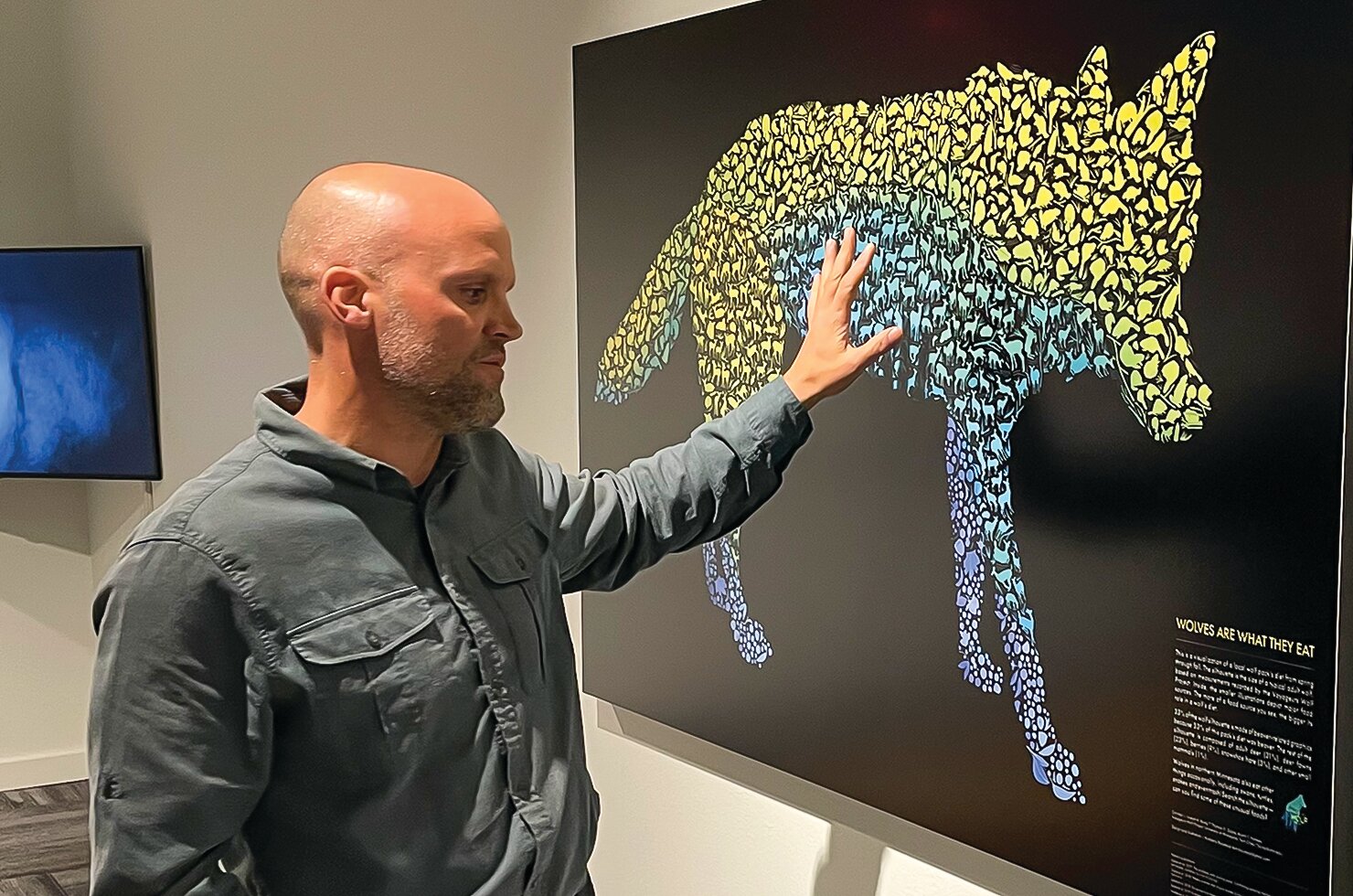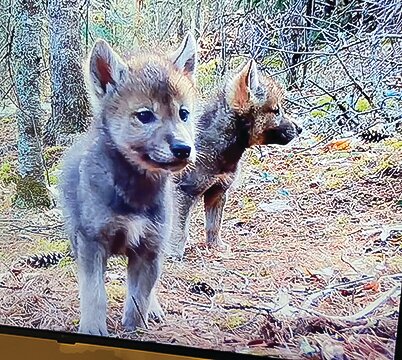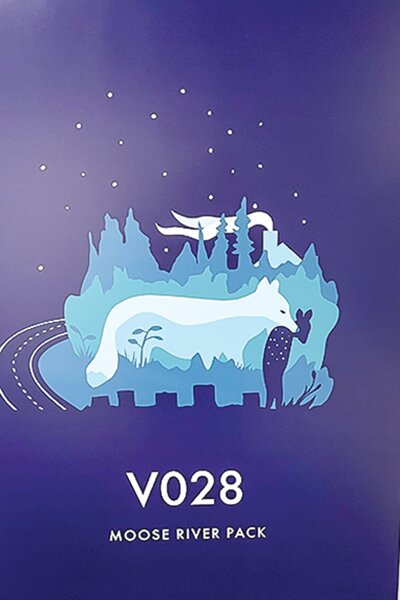Support the Timberjay by making a donation.
A study in images
Researchers, graphic designer, and International Wolf Center collaborate in new exhibit
ELY— Making scientific concepts and findings accessible to a general audience has long been a challenge for researchers. Most scientific journals have little readership outside academia and the …
This item is available in full to subscribers.
Attention subscribers
To continue reading, you will need to either log in to your subscriber account, below, or purchase a new subscription.
Please log in to continue |
A study in images
Researchers, graphic designer, and International Wolf Center collaborate in new exhibit
ELY— Making scientific concepts and findings accessible to a general audience has long been a challenge for researchers. Most scientific journals have little readership outside academia and the articles that appear in them are rarely written to be accessible to anyone outside a particular field of study.
The researchers involved with the Voyageurs Wolf Project have done far more than most in recent years to build broad public awareness of some of their novel findings about wolf behavior in and around Voyageurs National Park. And now they’re collaborating with the International Wolf Center and a graphic designer to present a new exhibit that provides a unique perspective on their ongoing studies.
The exhibit, titled “Starvation, adaptation, and survival,” is now open at the International Wolf Center in Ely. It runs through Oct. 20 and is likely to attract considerable interest given the public awareness of the research underway at Voyageurs.
“These guys are celebrities online,” said Grant Spickelmier, executive director of the International Wolf Center, who noted that the website hosted by the research team has developed a huge following, fueled by the steady stream of trail camera videos the research team regularly posts of wolves, wolf pups, and other assorted wildlife captured through the network of cameras they use as part of their research. Those videos have been shot mostly in summer months, a period of time that has been largely ignored by wolf researchers until recently due to the difficulty of tracking wolves in summer.
Their research has documented behaviors previously unknown to wildlife researchers, including wolves that fish and eat blueberries, and have provided a better understanding of the importance of beaver to the summer diet of wolves in the region.
But while the videos are fun to watch, they provide just glimpses of the voluminous data that a multi-year study like the Voyageurs Wolf Project gathers. Finding ways to present years of data in a manner that’s easily understandable was the mission of the main researchers, Tom Gable, Austin Homkes, and Joseph Bump, all three of whom were in Ely last week for a soft opening of the exhibit open to media.
To help, they turned to Kimberly Boustead, a Twin Cities graphic designer and illustrator who left a full-time job at a marketing firm to spend more time using her talents for environmental education. Using suggestions for the research team, Boustead created a series of images that tell the story of the team’s findings, from a breakdown of a wolf’s diet to the ways that their presence in the ecosystem serves to check the impact beavers on the forests of the region.
“It’s been a real collaborative process with Tom and Joe,” said Boustead. “They had the original vision and turning it into the final images was a back-and-forth process.” By using the same color pallet and wildlife symbols throughout the images, it helps viewers more quickly understand the concepts being demonstrated in the larger, more colorful images.
“The goal was to make it very visual and very different,” Boustead added.
The exhibit also includes more detailed looks at individual wolves included in the study, such as wolf VO83, of the Cranberry Pack, who has become remarkably adept at hunting beaver, having killed at least 42 of them during the ice-free season in 2020. Or there is VO36, a breeding male who was captured on camera while defending his pups from a black bear that wandered too close.
Each of the images of individual wolves comes with a QR code that links directly to a far more in-depth summary of information about the individual wolf and its pack that viewers can read on their phone.
“The really neat part about working with them, is that they’re so great about teaching people, and now I’m part of that, too,” said Boustead.













